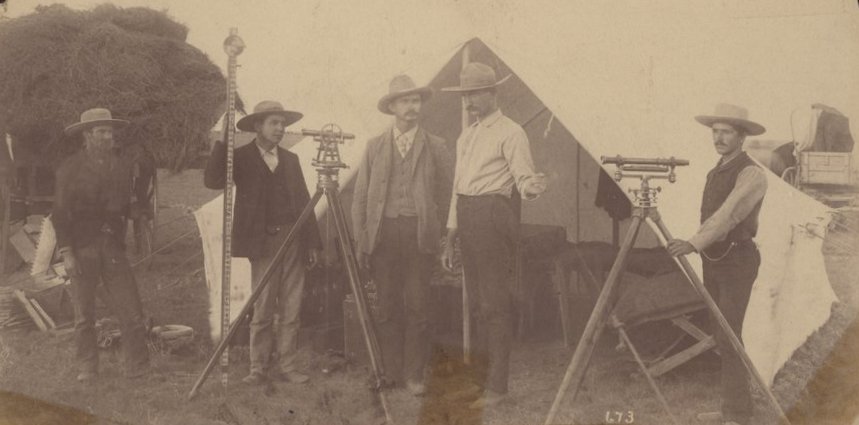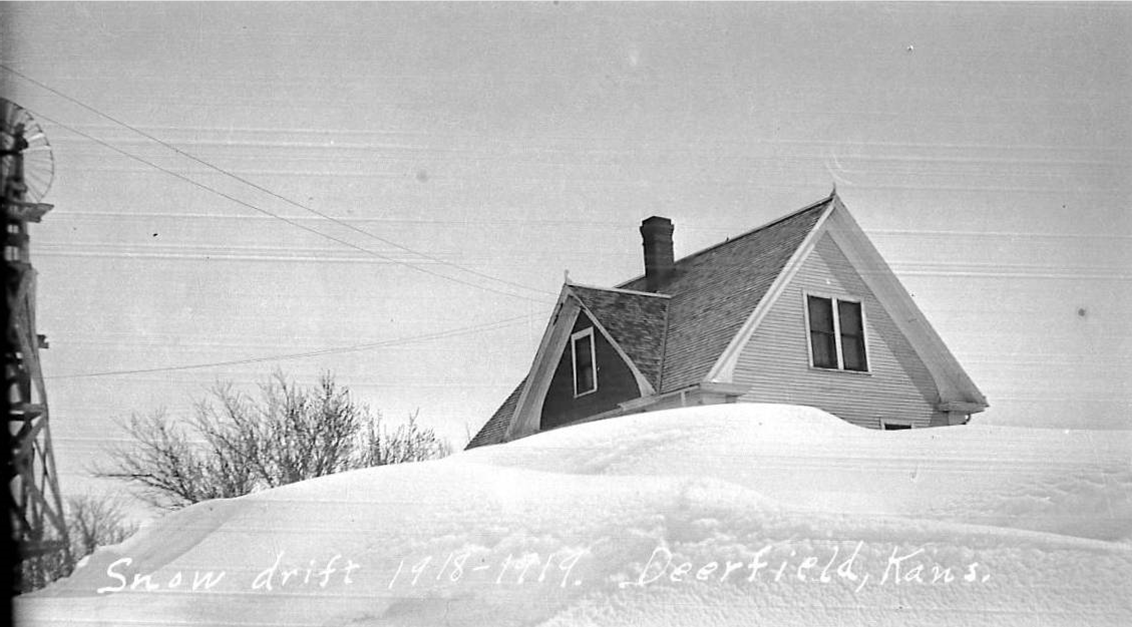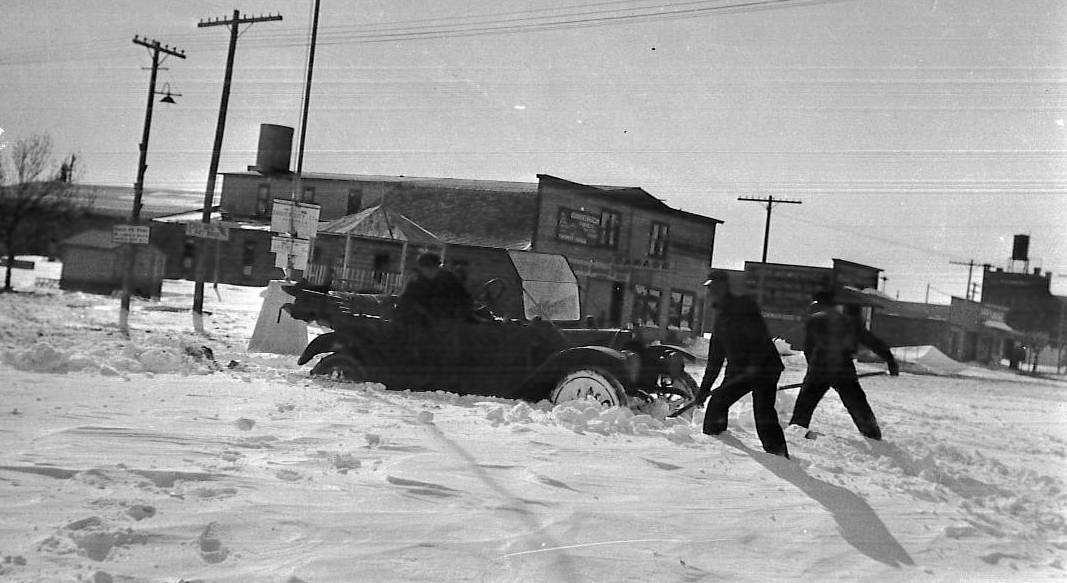Charming, outgoing, talented and happy are all words used to describe the third child of John and Mary O’Loughlin. Mary Catherine O’Loughlin, better known as Mame, was born July 3, 1886, above the O’Loughlin mercantile on Main Street, and she lived to the ripe old age of 103. Mame attended Lakin schools until the fall of 1902 when she went to Wichita with her older sister, Margaret, to attend Mount Carmel. She became proficient in Latin while there, and as a member of the Class of 1906, Mame received a gold cross in catechism and music during June commencement exercises. She returned to Lakin and to the high school when it became a four-year institution, graduating with the class of 1912.

After working in several county offices and clerking in her father’s store, Mame moved to Dodge City where she worked as a saleslady for Locke Mercantile. On February 19, 1916, she wed Frank Fleetwood Thomas at the residence of the Reverend John Handly in Dodge City. Fleet was the son of Rev. Franklin F. and Ella Thomas who had moved to Lakin in 1907 when Rev. Thomas became pastor of Lakin’s Presbyterian Church.
Fleet and Mame returned to Lakin to make their home, and they welcomed a son, Frank Forrester, to their family in 1917. Two years later, they were blessed with another son they named James Edward. Two daughters were also born to the couple, Mary Catherine (Mrs. P.D. Phillips) in 1922 and Marcella Claire (Mrs. Marvin McVey) in 1924.
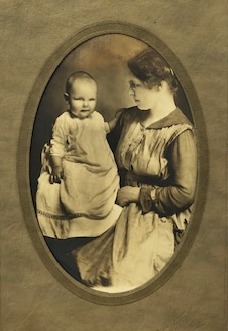

Mame devoted most of her life to homemaking and rearing her children. She raised chickens, gardened and canned. She also enjoyed club work, flower gardening, crafts and visiting, and her unique personality touched all those who knew her. Mame was not given to worry nor did she ever meet a stranger. Always ready to lend a hand or do whatever she could do to help, Mame loved holidays, birthday gatherings and after-school tea parties with her grandchildren who delighted in her expert story-telling skills.
Mame’s faith was steadfast; she simply trusted God. While Fleet continued his membership with the Presbyterian Church, Mame remained an active member of St. Anthony’s Catholic Church and the Altar Society. She devoted much time and labor to help build the first church and was the first organist of the parish. She was a charter member of the Kearny County Historical Society and assisted with the Kearny County History volumes by verifying biographies and genealogy and doing research. Mame was also a charter member of the Lakin Women’s Club which established county welfare, sponsored a public library, promoted health drives and helped with other activities and charities.
She served as the first president of the Veterans of Foreign Wars Auxiliary and also belonged to the American Legion Auxiliary. During World War II, women gathered in the Red Cross room of the courthouse to knit and sew blouses, hospital gowns, sweaters and other articles. Later the sewing was let out to organizations and individuals. As she was the production chairman, all work had to pass Mame’s inspection. This work was very important to her as both sons were serving their country. Mame was the first president of the Lakin Home Demonstration Unit which was the first organization to provide upkeep for the Veterans’ Memorial Building. In 1972, she was one of nine Lakin Extension Homemaker members who were 80 years of age or older. She also belonged to the Blossom Club and Kearny County Old Settlers.

Fleet suffered a fatal heart attack in July 1953 while working near Scott City. Mame remained in their family home until October of 1984 when she entered High Plains Retirement Village. She had witnessed many changes and advancements in her long life, but Mame dearly missed her parents and siblings who had all gone before her. She died April 28, 1990, at Lakin. Her grandson, Joe McVey, is the lone O’Loughlin descendant who still resides here.
SOURCES: Diggin’ Up Bones by Betty Barnes; History of Kearny County Vols. I & II; archives of Catholic Advocate, Dodge City Daily Globe, Investigator, Advocate and Lakin Independent; and Museum archives


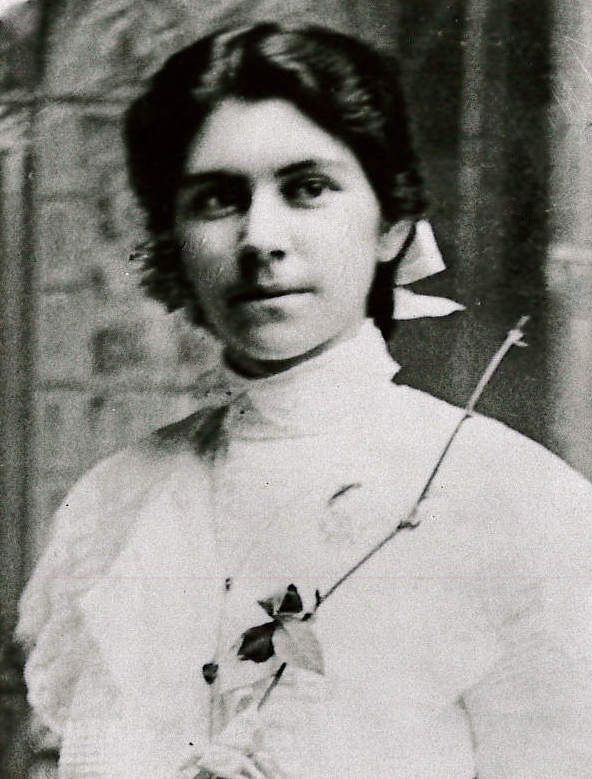





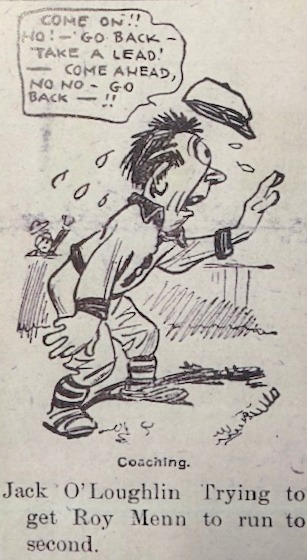


 William O’Loughlin was quite the catch. He was athletic, handsome, smart and well-liked. At the age of 29, the eldest son of John and Mary O’Loughlin was elected to represent Kearny County in the 1915 Kansas State Legislature, and he and his brother Jack were running the general store that their father had built decades before. A young Grant County teacher by the name of Grace Blake won over Will’s heart, and the two were married in August of 1918 at the Immaculate Conception Cathedral in Kansas City.
William O’Loughlin was quite the catch. He was athletic, handsome, smart and well-liked. At the age of 29, the eldest son of John and Mary O’Loughlin was elected to represent Kearny County in the 1915 Kansas State Legislature, and he and his brother Jack were running the general store that their father had built decades before. A young Grant County teacher by the name of Grace Blake won over Will’s heart, and the two were married in August of 1918 at the Immaculate Conception Cathedral in Kansas City.




